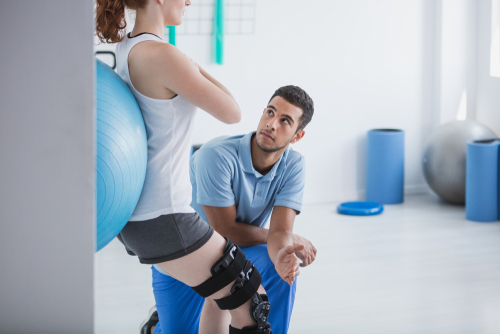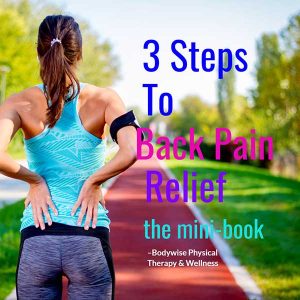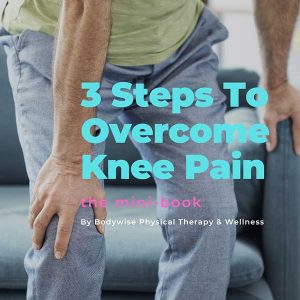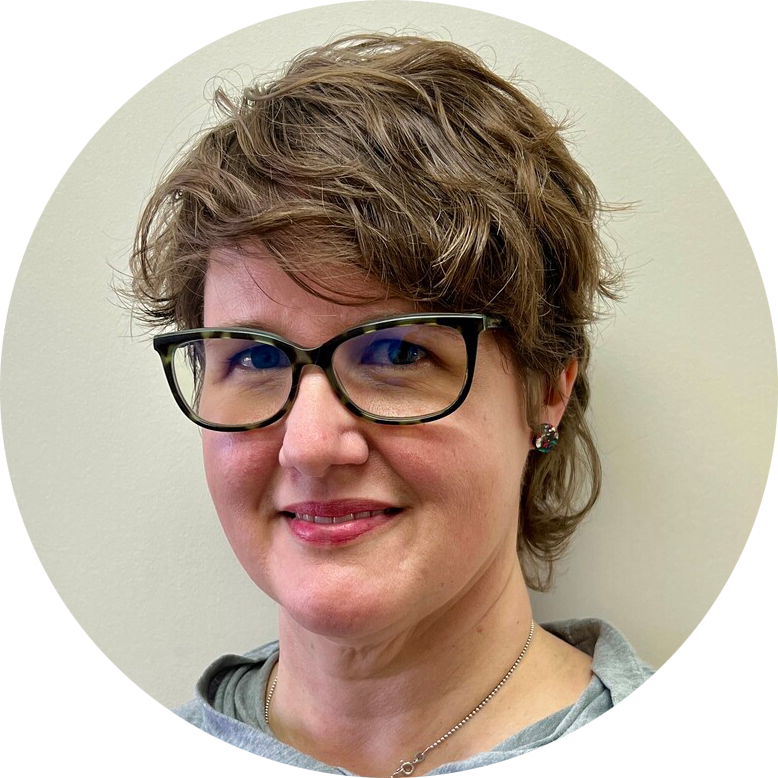4 Causes of Knee Pain
Knee pain is one of the most common things we see as a physical therapist. Fortunately, a physical therapist can help determine what causes the pain and can help decrease the pain and return someone to activity. Although there are many different types of knee pain, these four are the most common.
- Arthritis
- Meniscus Injuries
- ligament tears
- Muscle Injuries
Knee Arthritis
There are more than 100 different types of arthritis that affect 1-4 adults in the US. Determining if your knee pain is arthritis-related is usually done by an x-ray or MRI. The image will show either inflammation or damage to the joint structures. Knee arthritis can feel like an increased swelling within the joint, stiffness in the mornings or after excessive activity, or an achy pain surrounding your knee. Surprisingly, the best treatment for knee arthritis is exercise. Exercise has been shown to decrease inflammation and stop the progression of the disease. Your physical therapist can determine which exercises are safe and what the best-personalized progression for your stage of arthritis is.
Meniscus Injuries
Your meniscus protects the bottom of your knee joint and allows for cushioning and stability of the femur on the tibia. How do you know if you have torn your meniscus? Injury to this structure will cause pain, knee locking, and stiffness. Three signs of a meniscus tear are pain along the knee’s side or back, locking the knee during squatting, and stiffness when bending to full flexion or full extension. A skilled physical therapist or orthopedic surgeon can diagnose these with an MRI or a simple test. Sometimes confused with bursitis, knee meniscus tears don’t often fully heal. Surgery is an option for moderate to large tears, but conservative treatment such as physical therapy should be attempted first.
Ligament Tears
Ligament tears in the knee occur with trauma. Usually, an accident or injury causes the ligament, which stabilizes bones, to tear entirely or partially. This can be pretty painful if it’s a partial tear, or someone may experience no pain at all if it is a complete tear. Usually, ligament tears produce localized swelling, sharp pain to the touch, and instability at the knee joint. Major knee ligaments are the Anterior Cruciate Ligament (ACL), the Posterior Cruciate Ligament (PCL), the Medial Collateral Ligament (MCL), or the Lateral Collateral Ligament (LCL). These ligaments keep the knee stable during motion. Avoiding surgery is the top priority for rehab after a knee ligament tear. Qualified physical therapists such as those at Bodywise Physical Therapy can help you recover without surgery or painful injections.
Muscle Injuries
Muscle injuries may be the most common cause of knee pain. The many muscles that either start or end at the knee can impact knee function with any injury. Although common, these injuries may be the easiest to treat and often will improve without any outside treatment. However, a muscle injury should not be ignored or addressed immediately. Many over-the-counter treatments work effectively for muscle strains. As physical therapists, we can help you determine which muscle is involved and the best way to heal the injury without making things worse. One of the best things you can do for muscle injuries is to decrease or modify activity until the muscle has time to heal.
How do you know if your knee pain is severe?
Severe knee pain does not go away. It does not come back or reduce with medications or rest. Severe knee pain needing medical attention should not be ignored and should be addressed by an orthopedic or physical therapist. Testing is either done in the office or with x-rays, or MRIs can be used to determine the cause and the next step. A doctor should address any knee pain lasting longer than seven days.
How do you treat knee pain?
At Bodywise Physical Therapy, we first listen to the patient and then address potential causes of knee pain by looking at the whole body. Our Doctors of Physical Therapy can then narrow down the causes of your knee pain and show you how to stop knee pain and return to activity. We have been very successful with our treatments, which offer excellent outcomes. Want to learn more about knee pain? Sign up for our free ebook, 3-Steps To Overcome Knee Pain.





















